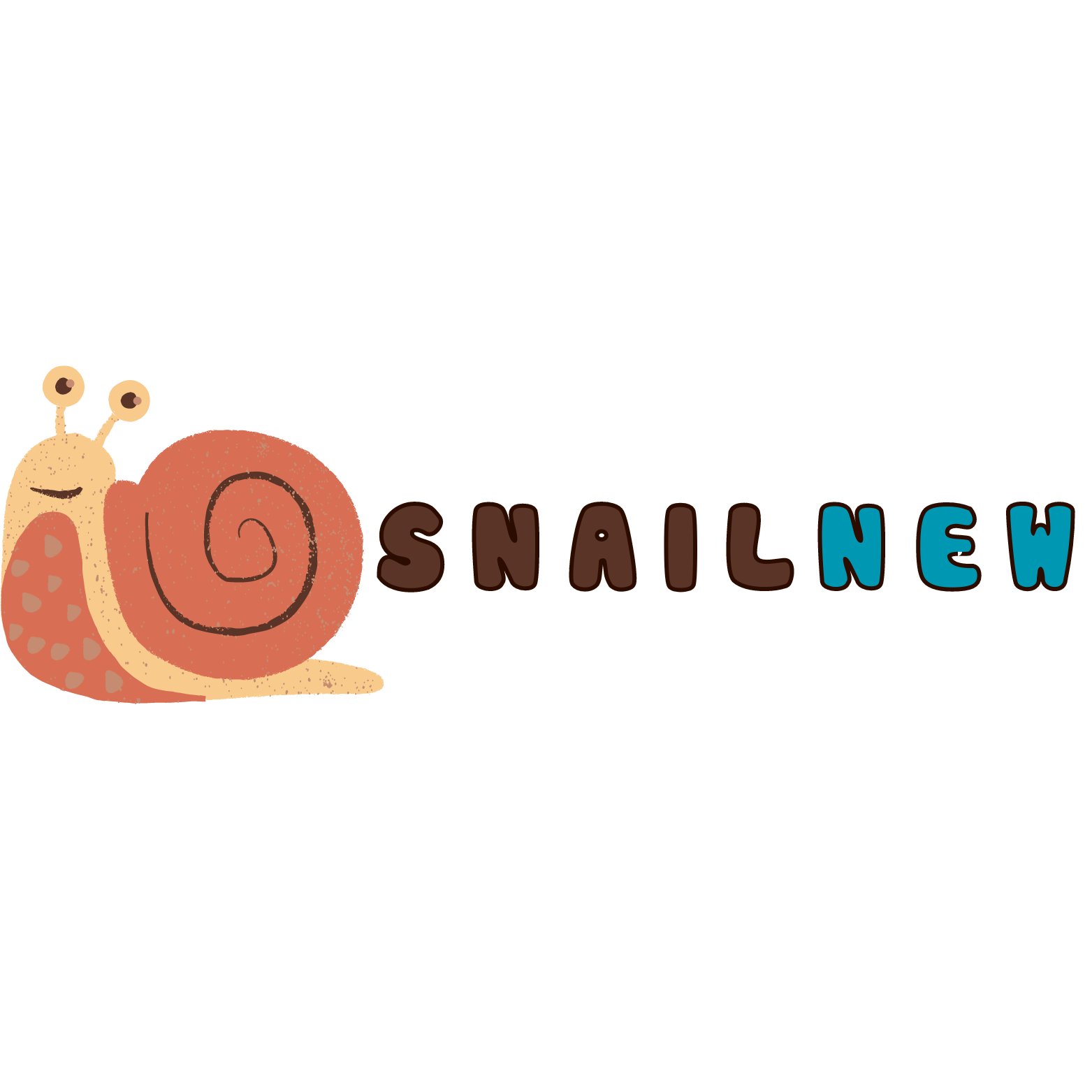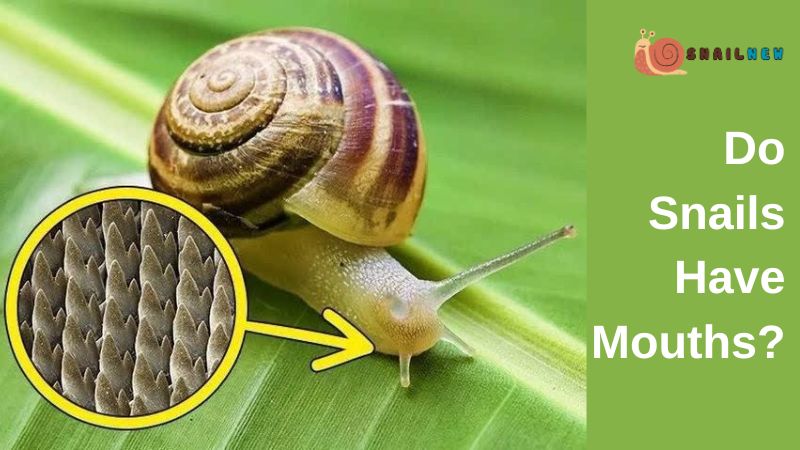Snails, those small, seemingly unassuming creatures that often go unnoticed in our gardens and landscapes, hold within them a world of wonder and intrigue. While they may appear simple at first glance, a closer examination reveals a complexity that captivates the curious mind. At the heart of this complexity form Snailnew lies a fundamental question: do snails have mouths?
Table of Contents
ToggleUnderstanding Snail Anatomy:
Central to unraveling snail anatomy is the exploration of their feeding apparatus, with a notable focus on the mysterious radula. This extraordinary structure, resembling a microscopic conveyor belt adorned with tiny teeth, is the linchpin of their feeding mechanism. Housed within their mouths, the radula encapsulates the essence of snail feeding behavior and serves as the nucleus of our investigation into the presence of snail mouths. By scrutinizing the intricate details of the radula, we gain deeper insights into the intricacies of snail physiology and their remarkable adaptations to diverse environments.
Do Snails Have Mouths?
The Radula: A Remarkable Feeding Tool:
A closer examination of the radula reveals a testament to evolutionary ingenuity. Composed of chitin, a tough and resilient substance, the radula functions as a multifunctional tool for snails. With each rhythmic motion, the radula scrapes, grinds, and pulverizes a diverse array of food sources, ranging from tender foliage to decaying organic matter. Through the repetition of our inquiry—”do snails have mouths?”—we underscore the pivotal role played by the radula in the feeding ecology of snails.
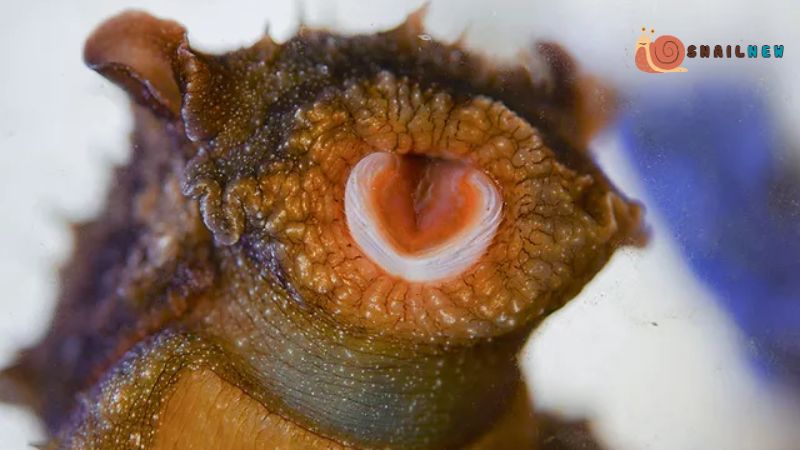
The Mouth: Gateway to Sustenance:
Located beneath the soft mantle of their bodies, snail mouths function as the primary entry point for sustenance into their digestive tract. Positioned proximally to the radula, the mouth serves as a conduit for the processed food particles scraped by this remarkable organ. By revisiting the inquiry into the existence of snail mouths, we underscore the significance of this anatomical feature within the broader framework of snail physiology. Understanding the role and function of snail mouths enriches our comprehension of their feeding behavior and overall biology.
Feeding Behavior: A Symphony of Movement:
The act of feeding in snails unfolds as a mesmerizing choreography of movement. With deliberate precision, snails extend their muscular foot, propelled by a trail of mucus that facilitates locomotion. Arriving at their destination, they deploy their radula with finesse, orchestrating a symphony of scraping and grinding motions. Through each repetition of our query—”do snails have mouths?”—we delve deeper into the intricate interplay between anatomy and behavior in snail feeding dynamics.
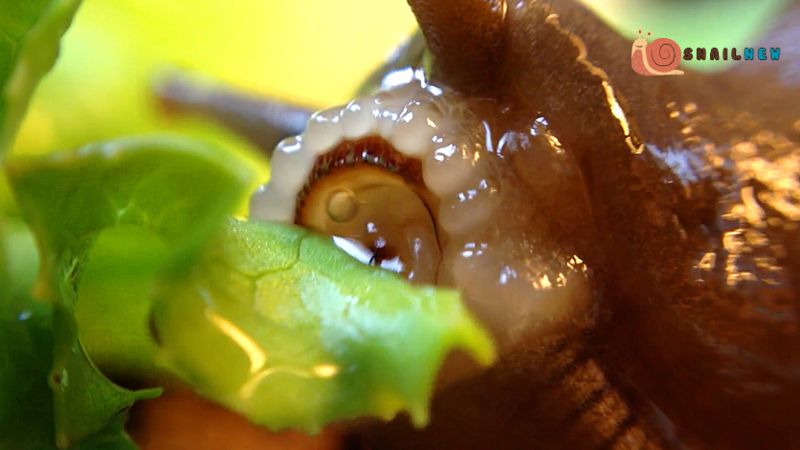
Adaptations for Survival:
The existence of mouths and radulae in snails reflects their extraordinary adaptability to diverse environmental conditions. Whether dwelling in terrestrial landscapes, freshwater habitats, or marine ecosystems, snails have developed a repertoire of feeding strategies to exploit available resources efficiently. Through our ongoing investigation, we shed light on the evolutionary adaptations that have sculpted the remarkable diversity of snail morphology and behavior, elucidating the intricate interplay between organism and environment in shaping the natural world’s complexity.
Ecological Importance:
Beyond their role as fascinating subjects of study, snails play vital ecological roles in their respective habitats. As herbivores, they contribute to nutrient cycling by consuming plant matter and facilitating its decomposition. Additionally, snails serve as prey for numerous predators, forming an integral part of food webs in terrestrial and aquatic ecosystems alike. Thus, the presence of mouths in snails not only sustains the individuals themselves but also contributes to the balance and stability of entire ecosystems.
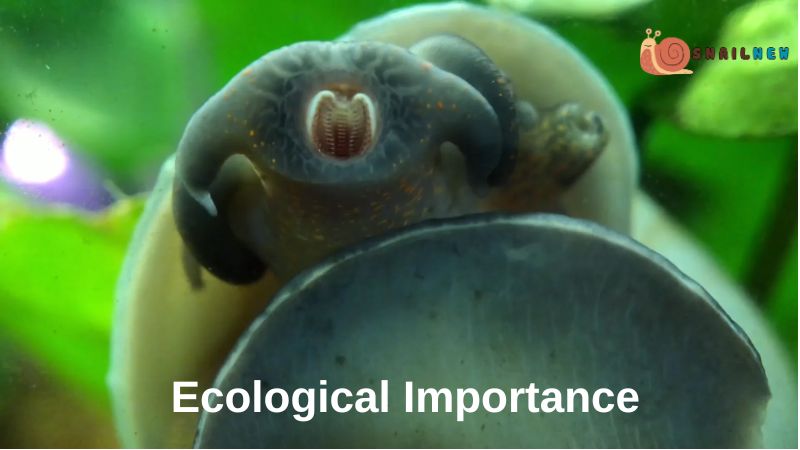
Mouths and Evolutionary Significance:
The presence of mouths in snails provides insight into their evolutionary history and relationship with other organisms. As members of the diverse phylum Mollusca, snails share common ancestry with a multitude of species, ranging from clams and oysters to octopuses and squid. By examining the similarities and differences in their feeding structures, scientists can unravel the intricacies of molluscan evolution and the adaptations that have shaped these remarkable creatures over millions of years.
Human Interaction:
While snails primarily inhabit natural environments, they also interact with humans in various ways. In some cultures, certain species of snails are consumed as delicacies, prized for their unique flavors and textures. Additionally, snails are sometimes kept as pets, admired for their fascinating behaviors and low-maintenance care requirements. Through these interactions, humans gain a deeper appreciation for the diversity and complexity of the natural world, including the presence of mouths in snails.
Conclusion:
In summary, the inquiry “do snails have mouths?” offers a starting point for delving into the intricate anatomy, behavior, and ecological significance of these fascinating creatures. Through their remarkable feeding apparatus, encompassing their mouths and radulae, snails have evolved to excel in varied environments and fulfill vital roles in ecosystems globally. By persistently studying and acknowledging snails and their mouths, we garner invaluable insights into the marvels of the natural world and our interconnectedness with all living organisms. This exploration fosters a deeper appreciation for the complexity and diversity of life on Earth.
